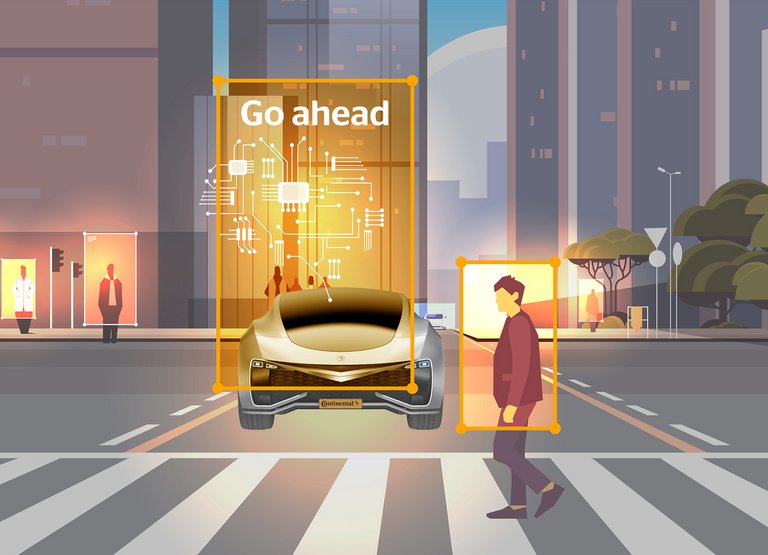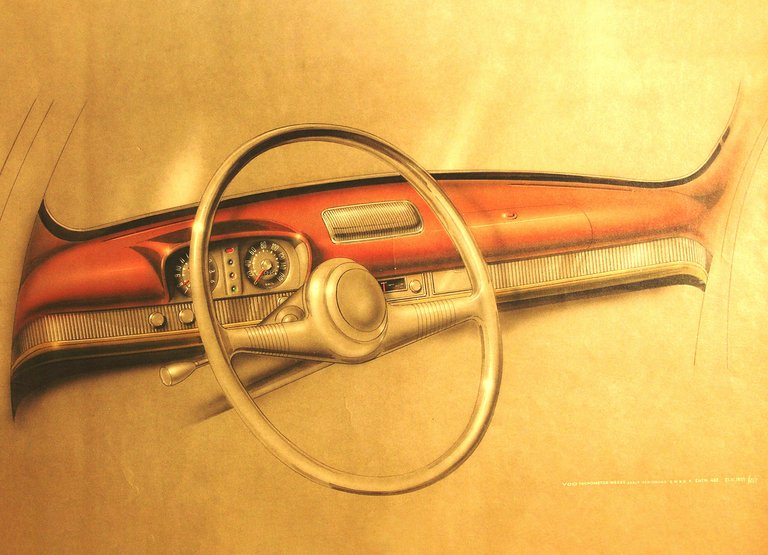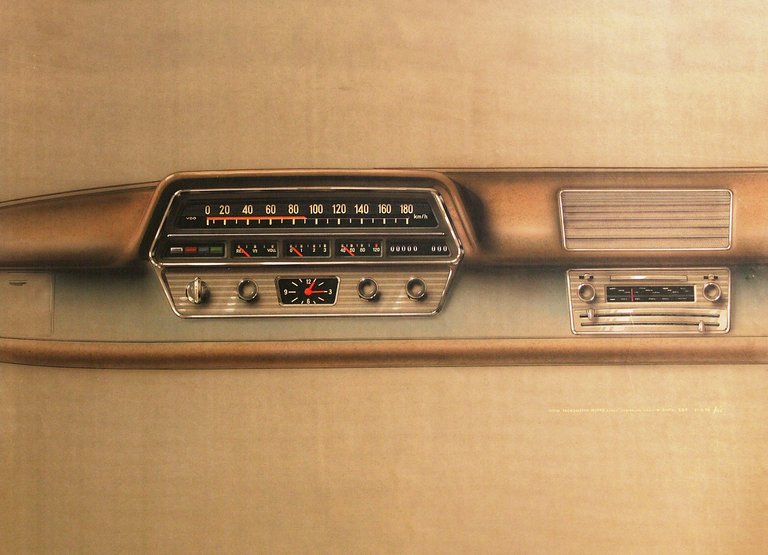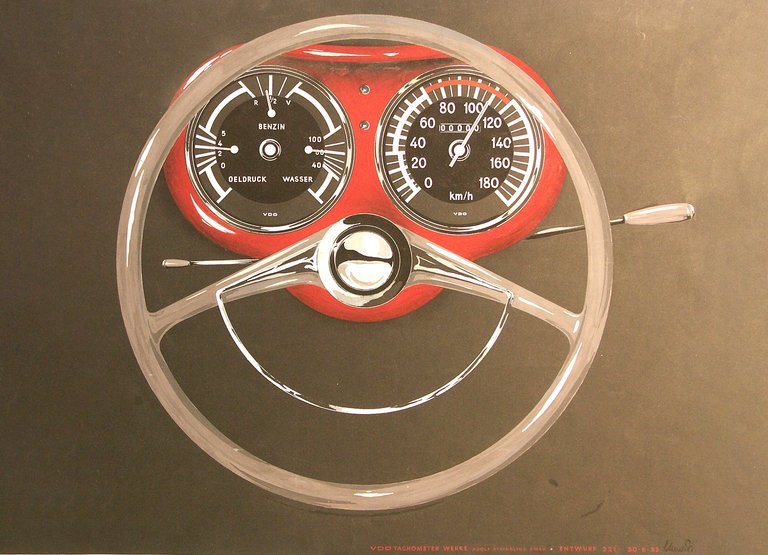Positive User Experience: Continental Psychologists Conduct User-Centric Research with the “Wizard of Oz”
- Continental puts people in the center of each product development
- User experience is deciding factor in product development
- Research with psychologists, virtual reality technology and “Wizard of Oz” vehicles
Frankfurt, Germany, April 4, 2023. The auto industry is going through the biggest upheaval since the invention of the automobile. Digitization, networking, semi-autonomous driving functions and, above all, the rapidly changing user behavior of people require new mobility concepts. The automobile is becoming the much-cited “smartphone on wheels.” In the future, highly automated vehicles will offer the occupants more space for relaxation and entertainment and serve as a partner who interacts via intelligent language assistance, 3D displays, and innovative functions. A positive user experience (UX) is essential for the success of new vehicles today. This means that the development of new automobiles is becoming increasingly complex.
"A major challenge is to anticipate what people will want, need and expect from communication, entertainment content and mobility solutions in five to ten years and beyond," explains Guido Meier-Arendt, Human Machine Interface (HMI) Principal Expert at Continental. “To do this, we must rethink mobility. For example, we will increasingly offer cloud-based services in the future. The automobile becomes part of a mobility network in which different road users communicate seamlessly with each other. This creates a holistic and safe mobility experience.”
Continental follows a user-centered development approach: the needs of people are at the center of all technological developments. While that sounds obvious, it is an extremely complex task. "The first step in every development is to understand the user and their context," says Guido Meier-Arendt. "The crux of the matter is that needs and expectations depend both on the current situation and on enduring user characteristics."
“As a technology company, we have to find out what people really need – even if they may not be able to articulate this themselves. In addition to systematically involving the user in technology development, we also apply approaches to HMI vision development," explains Meier-Arendt. Future studies, current usage trends – such as popular consumer electronics and video gaming – as well as a wide range of cultural, sociological and demographic factors are analyzed and taken into account. This gives the Continental experts an initial idea of which solutions will make mobile life safer, more convenient and more efficient in the future.
Psychologists are crucial for a positive user experience
How does a technology have to be designed so that people can trust it? In order to receive realistic feedback on the effect of new products, the developers at Continental, in cooperation with the in-house psychologists, use so-called “Wizard of Oz” vehicles. Test subjects are told that they are driving an autonomously steering car – although behind a curtain on the passenger seat is a Continental engineer steering the car via right-hand drive. The behavior of users was tested and recorded with a deceptively real-looking autonomous drive. Test subjects were instructed to make phone calls, type text messages, eat and drink, and even turn to the back seat. Based on this data an algorithm was trained to generate a suitable response from the intelligent monitoring and HMI system for every user status in the cockpit. For example, if the driver’s head was turned backwards, the seat vibrated to draw attention to a warning display. Alternatively, audio warning signals were played. Afterwards, in intensive psychological interviews, it was examined in which situation and which feedback the test subjects felt safest and most comfortable.
In another experiment, the interaction of pedestrians and cyclists with autonomously driving cars and delivery robots was tested. For this, Weiss and his team equipped the test subjects with virtual reality glasses. In artificial but realistic street scenes, virtual vehicles were equipped with various warning light systems. Sometimes warning lights shone green or red on the hood, sometimes light was attached all around the vehicle, and another time no light was used at all. "Protecting vulnerable road users is central to Continental's development work," said Weiss. “But we can only see whether a proposed solution works in tests with real people – in the safe environment of a virtual world, of course. How do people interact with autonomously driving vehicles? Which signals encourage people to cross the street, which ones to stop, which ones might confuse them? Does only the pedestrian detected by the autonomous system move, or does the cyclist hidden by the truck in the adjacent lane also feel addressed? Can statements about autonomous cars also be applied to other mobility solutions such as delivery robots? These are the questions we seek to answer with our technology solutions.”
Technologies with real value-add create a positive user experience
The results from the extensive tests and psychological surveys flow into the concrete design of new HMI solutions. This is where experts like Jochen Möller, Senior Expert User Experience & Interaction Design at Continental, come into play. Möller, a media system design graduate, and his team of engineers and designers primarily develop innovative display technologies. “Our goal at Continental is to develop technologies that create real added value for the user. It can be very practical, such as being able to make payments from the car via an intelligent display. But emotional added value is also essential for a positive user experience, for example if the presence of a surface or a rotary knob simply feels good.”
When such an added value is offered, whether the user appreciates the creative work of Möller, is then determined again in extensive user tests. The interest of customers, who of course conduct market research themselves with the support of psychologists, is an indication of the probable success of a development. Another indicator is the recognition of industry awards. Several display innovations from Continental recently received awards. For example, the technology company received the CES Innovation Award for its Driver Identification Display. The driver identification display from Continental and its partner trinamiX is the world's first automotive display for the vehicle interior that enables contactless, secure authentication of the user and increases comfort in the automotive sector. The Continental display solutions were also successful at the German Design Award 2023. Among other things, the technology company was honored for its elegantly reserved vision for the vehicle interior, the Luxury Minimalism Concept. In addition, the Curved Ultrawide Display convinced the jury of the award. These awards, along with feedback from countless hours of research and design, provide a glimpse into what the future of user experience will look like in the automotive industry.

Ilona Tzudnowski
Media Spokesperson Software Architecture and Network Solutions
AUMOVIO






